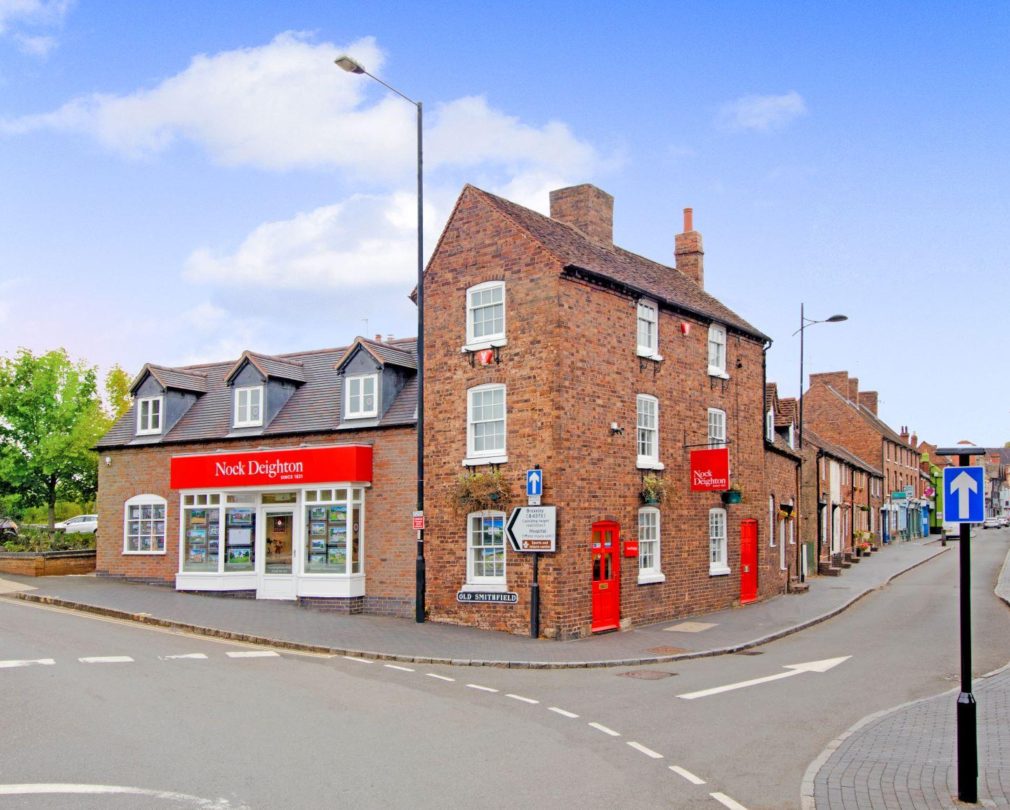
HMO Investment – profit or problem?
HMO Investment – profit or problem?
Many landlords and property investors that I speak to are not interested in investing in HMO (Houses in Multiple Occupation) properties, even though they know they can offer up to three times the return on investment than a single Buy To Let property!

But, if you do your research and you know what to expect, HMO’s can be a very lucrative investment.
Firstly, it is important to know there are mainly four different types of HMO, and the location of your property and standard of accommodation will determine the type of tenant you attract (you should avoid mixing tenant-types) –
- Student
- University graduates starting new employment
- Contract workers
- Local Housing Authority
The tenant-type will also determine the expected length of tenancy, and whether bills should be included in the rent (students usually pay their own bills separately). The ratio of bathrooms to bedrooms will also have an effect on demand and the amount of rent you can command.
So, research should be carried out to find the right property in the right area, to attract the type of tenant you are aiming for.
Size of Property
According to many ‘seasoned’ HMO landlords, in order for an HMO investment to work, taking into account average void periods and costs of utilities, a minimum of 5 bedrooms would generate a regular income and a good ROI. If you are looking to convert a standard house into an HMO, ideally a good sized communal dining/kitchen should be considered, together with garage and/or loft conversions to provide extra accommodation, but remember that more bathrooms generate more income!

HMO Licensing
Not all HMO’s need to be licensed.
A rented property is classed as an HMO when –
It is occupied by 3 tenants or more (including children), forming more than 1 household
Tenants share toilet, bathroom or kitchen facilities within the property
HMO Licensing was enacted in 2006 through the Housing Act 2004, to prescribe safety and occupation standards. An HMO will need a licence when –
It is occupied by 5 tenants or more, forming more than 1 household; and
Tenants share a toilet, bathroom or kitchen facilities within the property
A “household” is either a single person or members of the same family who live together, including –
Couples who are married or living together – including people in same-sex relationshiips
Relatives or half relatives, e.g. grandparents, aunts, uncles, siblings
Step-parents and step-children
Before embarking on buying an existing HMO or a property with the intention of converting it to an HMO, Landlords should contact their Local Authority to ascertain the specific HMO Licensing requirements for the area in which the property is located. Throughout the country, costs of licences can range between £650 and £2,500, and will usually last for 5 years.

HMO Advantages
Better yields: HMOs offer up to three times higher rental yields than standard properties, making them a great choice for investors. Location, condition, and facilities will all determine the rent you can achieve.
Fewer void periods: When you rent out a property to one tenant or family, you’ll have to consider void periods - where the family moves out and you wait for another tenant to move in. In HMOs, it’s likely that at least some of your tenants will remain, even if another one is vacating, so you won’t lose all of your rental income overnight.
Arrears less likely: When you let out a house to multiple tenants, you balance the risk of late payments. If one tenant falls into arrears, the rest will still be contributing.
Tax benefits: As spending on HMOs is a revenue cost, this is tax-deductible. Speak to a specialist property tax accountant to understand exactly what you can/cannot claim on the property.
High demand: Whether you’re letting to students or multiple households, if you pick your area correctly, there will always be a high demand.
HMO Disadvantages
Mortgage: It can often be harder to secure a mortgage on an HMO than it is to secure a mortgage on a second home or buy-to-let property. You may need to consider alternative financing options to fund the investment/renovation project.
Higher turnover of tenants: student lets can be more predictive, but the length that single people stay in HMO’s can often be short term (6/12 months), depending on their personal or work/contract circumstances.
Licensing: You’ll need to comply with mandatory legislation to make your HMO work. Speak to your local council or planning officer for support.
Higher startup costs: HMOs have higher startup cost than buy to let properties, for licensing compliance, hard-wearing fittings within communal areas and furnishings.
Property Management
Management of a successful HMO is more time consuming than a single household let, as the following need to be considered -
Careful vetting of prospective tenants, both financially and ensuring personalities, work routines and lifestyles will fit with the other cohabitants.
Cleaning and maintaining communal areas, including kitchen appliances and external areas.
Regular inspections of communal areas, to ensure licensing requirements are complied with, including testing of smoke and fire alarms.
Utility payments, including gas, electricity, water, broadband, Sky.
Having local, reliable contractors to deal with emergency maintenance issues.
Unless you are living close by and have the time and patience to deal with all of the above first hand, employing a reputable managing agent who understands the benefits and pitfalls and is fully equipped to deal with HMO management, should be part of your planned expenditure.
All in all, HMO’s are becoming an increasingly appealing form of property investment for both experienced and new landlords. Doing your research can differentiate between failure and success.
Dawn Clarke










 Payment
Payment








